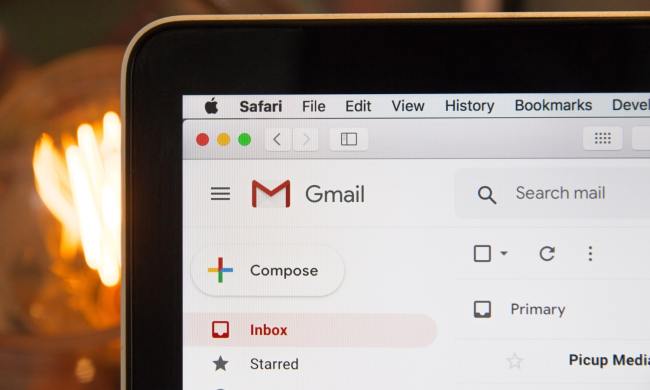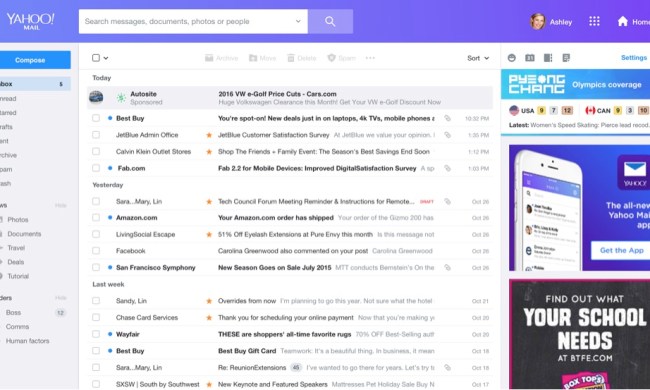
Oh, how times have changed.
Now a handful of companies own vast swaths of web activity – Facebook for social networking, Google for searching, eBay for auctions – and quite literally own the data their users have provided and generated. This gives these companies unprecedented power over us, and gives them such a competitive advantage that it’s pretty silly to think you’re going to start up a business that’s going to beat them at their own game. The fact that Facebook already has the data in 1.7 billion users’ profiles and, more important, the history of its users’ interactions means that you’re probably not going to attract a lot of savvy investors. Plus that’s where all your friend are already. Vendor lock-in is real.
Solid could make the web’s information noticeably smarter.
This has inspired an effort to re-decentralize the web. Two of the more important efforts – some would count blockchain as a third contributor – are architecturally very promising. The question is whether architecture will be enough.
The first comes from Tim Berners-Lee who invented the web and gave it to us as a gift, without patents, copyrights, or trademarks. Berners-Lee’s new project, underway at his MIT lab, is called Solid (“social linked data”), a way for you to own your own data while making it available to the applications that you want to be able to use it.
With Solid, you store your data in “pods” (personal online data stores) that are hosted wherever you would like. But Solid isn’t just a storage system: It lets other applications ask for data. If Solid authenticates the apps and — importantly — if you’ve given permission for them to access that data, Solid delivers it.

For example, you might keep your personal information in one or several pods: the sort of data about yourself that you put into your Facebook profile; a list of your friends, family, and colleagues; your banking information; maps of where you’ve traveled; some health information. That way if someone built a new social networking application—perhaps to compete head-on with
Solid is designed from the bottom up to enable the discovery and sharing of information. That’s why there’s “linked data” in the “LID” part of its name. Linked Data is another Berners-Lee invention, a way of expressing data that makes it easy to, well, link up across repositories. While Linked Data can be tough to master, Solid could make the web’s information noticeably smarter. For example, if you wanted to, you could give permission to a travel site or to a climate action group to access the information in your pods about your demographics and the trips you’ve taken. That group could mash that information up with data from other people’s pods to get an updated picture of where people are traveling and how that’s affecting local economies, carbon emissions, and perhaps national attitudes toward foreigners.
Will Solid and IPFS re-decentralize the Web?
Solid does all this without having to centralize information in hands that we may not—and often should not—fully trust.
The InterPlanetary File System (IPFS) takes a different approach. It starts from the conviction that even having web pages identified by a pointer to the server that stores them is too centralized. Why not instead go the way of BitTorrent and let multiple computers supply parts of a page all at the same time? That way, if a web server goes down, it won’t take all of the pages on it with it. IPFS should make the web more resilient, and less subject to censorship.
To use IPFS at this point, you can install extensions to Chrome and Firefox, or resort to the more techie command-line approach. IPFS hopes, though, that its standards will be accepted by the W3C and IETF, the groups that decide what counts as an official part of the web and internet. That would help motivate the browsers to build in native support for the new protocol.
Will Solid and IPFS re-decentralize the Web? It comes down to demand: Are people going to care enough that they’ll put up with what may feel like a temporary step back? For example, it’s unlikely that new social networking apps based on Solid are going to launch with all of the sophistication and polish of Facebook. On the other hand, social networking services better designed for particular types of people – scientists, researchers, collaborative artists – might find it easier to get started. And it seems quite plausible that organizations that care about the long-term preservation of their web materials will find IPFS quite attractive, as might people sharing content that takes too long to load over the normal Web.
So, there’s some hope. These short-term scenarios do not have to displace the current giant hubs, just provide some alternatives to them. Ultimately the question is whether the forces that caused the web to become a series of centralized hubs will be pushed back by architectures and protocols that enable it to re-decentralize itself. The answer I suspect is no — unless we, the users of the web, demand it.


